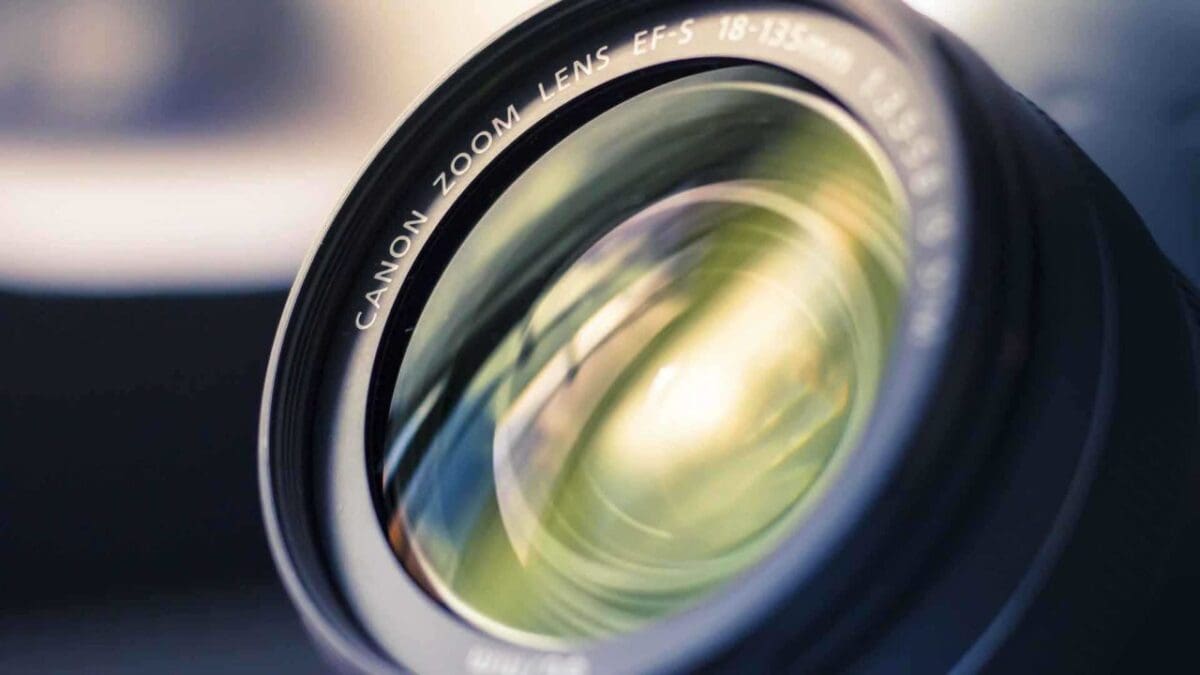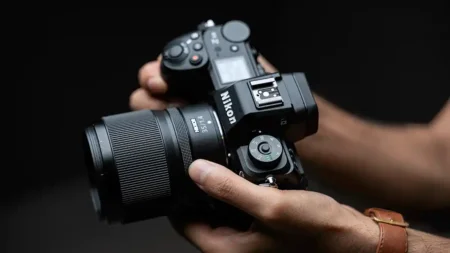We would all love to have a brand-new lens for our camera, but the reality is you can save yourself a small fortune by purchasing your next optic second-hand. Below we offer some quick tips for helping you choose the best option when buying a second-hand lens for your camera.
01 Confirm compatibility
Just because you shoot with a brand and want to buy a second-hand lens from that same brand, doesn’t guarantee it will work. Manufacturers sometimes change the chips and electronic contacts in their cameras and lenses, so an older lens from your brand of choice may not always be compatible with a newer camera. A quick internet search, though, will usually provide you with the answer you need.
02 Take some test shots
Just like buying a car, when buying a second-hand lens for your camera you should ideally test it out. Doing so will give you a quick feel to make sure everything works and that the elements haven’t been knocked out of line, which can cause soft images.
If you buy a second-hand lens for your camera online, make sure you test the lens as soon as it arrives. If you experience any problems, contact the seller immediately.
03 Check the optics
If you’ve bought a second-hand lens for your camera that was advertised in mint or near-mint condition you should rightly expect that it has no optical blemishes.
What we mean by this is that the front and rear elements should be free of scratches, and the internal elements should also be free of dust and, yes, fungal growth (which happens sometimes in older optics if they are not stored correctly).
As above, try to confirm this in writing with the seller if you do not have an opportunity to handle and use the lens before purchase.

04 Test the aperture
Something we always make a point to do is test a lens’s aperture with the optic both on and off the camera. Do this at every f/stops. If any of its blades feel sticky, put it down, walk away and don’t look back.
05 Try to focus
Mount the lens you’re looking to buy on your camera, and set single shot focusing. Take a few test shots to check the accuracy and responsiveness of the lens. If all is good so far, then dial in Continuous or Predictive focus and check it again.
Lastly, you want to test the manual focus ring. Is it tight or does it give resistance? Does it feel sloppy? You’ll know immediately if it doesn’t feel right, and if this happens you shouldn’t buy it.
06 Got a guarantee?
If you buy a second-hand lens for your camera from a dealer then it should always come with a money-back guarantee. The length of that guarantee may vary, but a reputable dealer will always offer one. As a minimum you should expect three months.
But remember that you can often negotiate in these situations, and there’s no harm in asking if you can extend that cover for six months to a year. Make sure, whatever it is, you get it in writing.
07 Buying a lens online
Of course, if you buy a second-hand lens from a private seller online, he or she will rarely ever offer a guarantee. In these instances, cover yourself the best you can and inspect pictures of the lens thoroughly, and read and re-read the sale description.
There is always more risk buying a second-hand lens that you haven’t tested, but you can find the best value for money this way.



